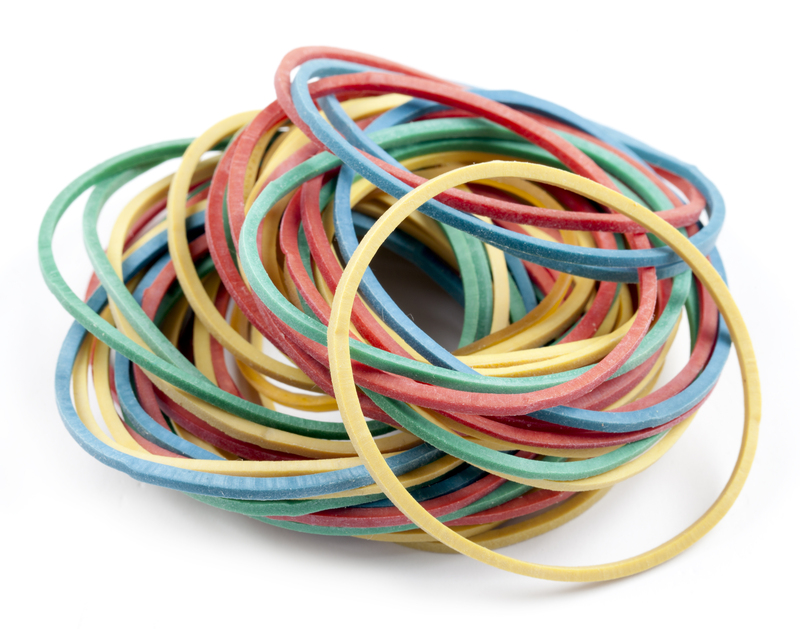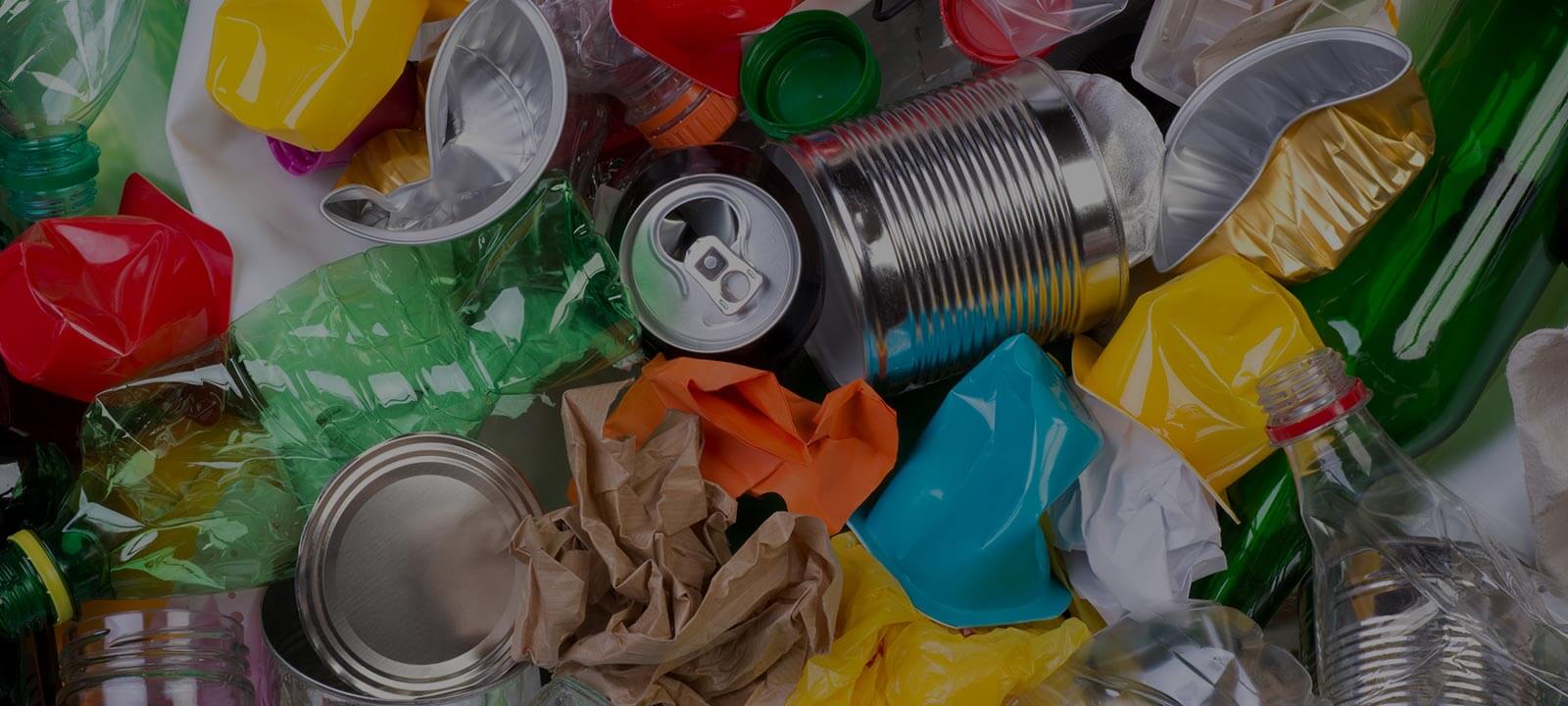Environmentally Friendly Packaging Ideas
Posted on 27/01/2025
As our world increasingly grapples with environmental challenges, businesses and consumers alike are turning towards more sustainable practices. One significant area of focus is packaging--specifically, finding alternatives to traditional, environmentally harmful materials. This article explores a variety of innovative and eco-friendly packaging ideas that are making a significant impact.
Why Environmentally Friendly Packaging Matters
Packaging is an integral part of modern commerce, protecting products and making them more attractive to consumers. However, traditional packaging materials like plastics have devastating effects on the environment. Plastics often end up in landfills or oceans, taking hundreds of years to decompose and causing harm to wildlife. By shifting to environmentally friendly packaging, we can significantly reduce our ecological footprint and contribute to a healthier planet.

Recycled Materials
One of the most straightforward approaches to environmentally friendly packaging is the use of recycled materials. Recycled paper, cardboard, and even plastics can be repurposed into packaging products. The benefit here is twofold: not only are we reducing waste by reusing materials, but we are also lessening the demand for virgin resources.
1. Recycled Paper: This can be transformed into a variety of packaging solutions such as boxes, wrapping paper, and even cushioning. It's compostable, renewable, and keeps the cycle of reuse ongoing.
2. Recycled Plastics: While still plastic, using recycled plastics can greatly reduce the need for new plastic production. This helps in cutting down fossil fuel consumption and greenhouse gas emissions.
Biodegradable and Compostable Materials
A significant shift in packaging innovation involves the development of biodegradable and compostable materials. These materials break down naturally and return to the earth without leaving harmful residues.
1. Bioplastics: Derived from natural sources like corn starch or sugarcane, bioplastics offer a more sustainable alternative to traditional plastics. They decompose much faster and are often compostable.
2. Compostable Bags: Made from materials like cornstarch, these bags break down more quickly than their plastic counterparts and can be composted at home or in industrial facilities.
3. Mushroom Packaging: This innovative material is made from agricultural waste bonded by the root structure of mushrooms. It's fully biodegradable and can be composted at home.
Edible Packaging
One of the more futuristic and intriguing advancements in eco-friendly packaging is edible packaging. Made from natural food ingredients, these packaging materials can be eaten or composted after use. Examples include:
1. Seaweed Packaging: Seaweed can be transformed into a gelatinous film that is both edible and compostable, making it an excellent option for single-use packaging.
2. Rice Paper: Thin rice paper wrappers can be used for various food products. They are edible and also dissolve quickly in water.
3. Potato Starch Packaging: Made from leftover potato peelings, this material is not only compostable but also safe to eat.
Reusable Packaging
Another highly effective way to minimize environmental impact is through reusable packaging. Instead of single-use solutions, companies and consumers are opting for packaging that can be reused multiple times.
1. Glass Containers: Though heavier and more expensive to transport, glass can be reused indefinitely without degrading its quality. It's commonly used for food storage and cosmetics.
2. Metal Tins: Durable and easily recyclable, metal tins are great for products like teas, spices, and cosmetics.
3. Fabric Bags: Often made from organic cotton or hemp, fabric bags are a practical, reusable option for a wide range of goods, from groceries to clothing.
Minimalist Packaging
Sometimes, the best way to be environmentally friendly is to use less material altogether. Minimalist packaging focuses on reducing waste by using only what is necessary.
1. Wrapper-Free Products: Some companies are moving towards selling products without any packaging at all. For instance, shampoo bars and solid lotions often come without wrappers, significantly reducing waste.
2. Thin-Wall Technology: Advances in manufacturing have made it possible to create packaging materials that are much thinner and lighter, yet still strong enough to protect the product.

Circular Economy and Returnable Packaging
The concept of a circular economy is gaining traction, emphasizing the importance of keeping materials in use for as long as possible. In this model, products are designed for multiple lifecycles, and packaging is no exception.
1. Deposit Return Schemes: These programs encourage consumers to return packaging in exchange for a deposit. Bottles and other containers can be cleaned, sterilized, and reused multiple times.
2. Subscription Services: Many companies are adopting subscription models that include returnable packaging. For instance, some fashion brands offer reusable garment bags, while grocery deliveries may come in returnable containers.
Conclusion
Adopting environmentally friendly packaging is more than a trend--it's a necessary shift toward a more sustainable and responsible way of doing business. From recycled materials and biodegradable options to innovative edible packaging, the possibilities are vast and varied. Moreover, incorporating reusable and minimalist designs not only reduces waste but also encourages a more mindful approach to consumption.
Ultimately, the goal is to protect the environment while still meeting the practical needs of packaging. By exploring and embracing these eco-friendly alternatives, businesses can play a pivotal role in shaping a greener future. Consumers, too, have a part to play by choosing products with sustainable packaging, thereby driving demand for more eco-friendly innovations.
Together, we can make a significant impact and move towards a world where packaging no longer poses a threat to our environment but rather contributes to its preservation.






